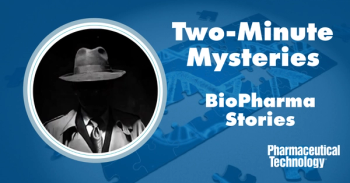
FDA Commissioner Outlines Agency's Efforts for Patient-Focused Drug Development
FDA Commissioner Scott Gottlieb, MD, released a statement on new agency efforts to involve the patient voice in medical product development and FDA regulatory decision-making.
On June 12, 2018, FDA issued a new draft guidance to describe how patient-experience data and other information from patients and caregivers can be collected and used for medical-product development and regulatory decision-making.
The new guidance,
The draft guidance also discusses methods on how to operationalize and standardize the collection, analysis, and dissemination of patient-experience data. It includes a glossary of terms that FDA intends to use in one or more of the four draft guidance documents.
The PFDD initiative was started in the Prescription Drug User Fee Act V and in accordance with the 21st Century Cures Actand The Food and Drug Administration Reauthorization Act of 2017 Title I. Part of the initiative includes meetings in more than 20 areas directly affected by diseases, such as opioid-use disorder, autism, HIV, Parkinson’s disease, and others. FDA states that educating companies about approaches to obtaining and incorporating patient and caregiver input into product development is important to the effort, as well as explaining how the agency will incorporate this information into regulatory decision-making.
“We’ll continue to build on these efforts at the FDA,” said FDA Commissioner Scott Gottlieb, MD, in an agency press release. “As the nature of drug development becomes more targeted and as more of the new treatments address specific aspects of disease, our approach to development and regulation must also become more patient-focused. The goal is that the resulting treatments offer more of the benefits that matter most to patients.”
Source:
Newsletter
Stay at the forefront of biopharmaceutical innovation—subscribe to BioPharm International for expert insights on drug development, manufacturing, compliance, and more.





